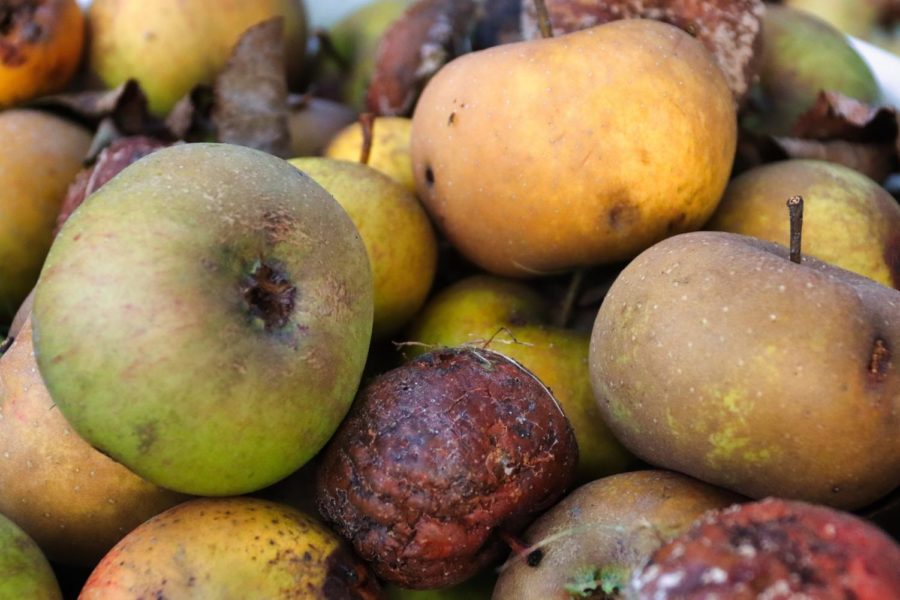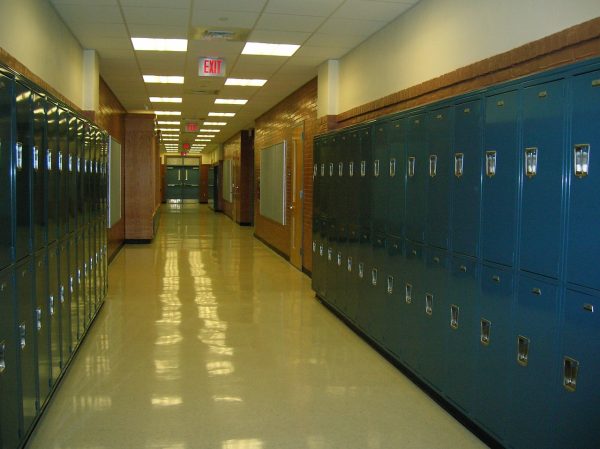Rising Food Waste in U.S. School Cafeterias
Have you ever ate lunch or breakfast in the school cafeteria? Have you finished all the food provided on the tray? If you haven’t and disposed of it, then you have just contributed to the rising food waste levels.
Students and staff in public schools across the United States are contributing to the alarming rise in food waste levels, with an estimated 530,000 tons of food discarded annually. This not only adds to the growing food waste problem, but it also contributes to greenhouse gas emissions, with food waste accounting for 8% of total greenhouse gas emissions. The food that is wasted ends up in landfills releasing methane gas, a potent contributor to climate change. This is a crucial problem, we must act now.
What can be done to reduce food waste in school cafeterias? Here are a few suggestions:
1. Students could avoid overpacking their trays, they can instead get smaller portions with a variety of food options.
2. School Administrators could extend lunchtime, so that students don’t feel the need to eat quickly.
3. Both students and staffs can avoid throwing away usable items such as untouched fruit, packaged chips or cookies, etc. Save them for later!!!
These are just a few ideas on how to reduce food waste levels in school cafeterias. Remember, every time you eat in the cafeteria, you have the opportunity to make a positive impact on the planet by avoiding food waste. Let’s work together to make every meal a mindful one and do our part in reducing food waste and preserving our planet.











